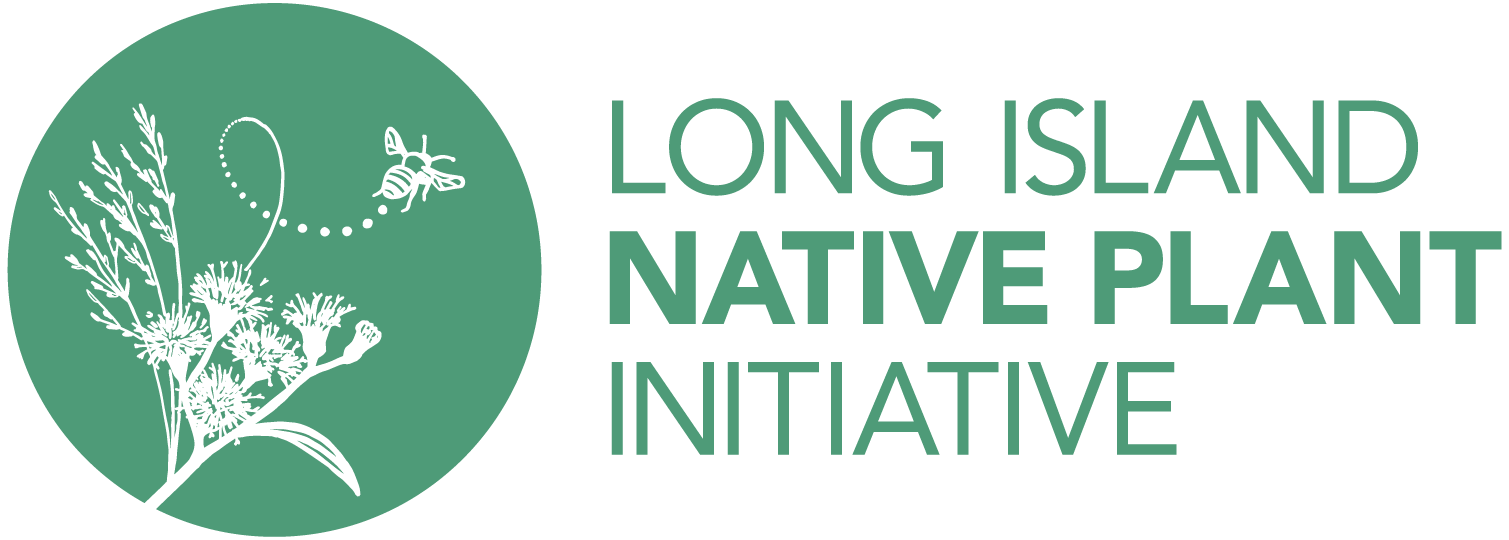Coastal Joe Pye Weed is an herbaceous perennial that can grow up to 5 feet tall. This is one of the smaller plants in the genus. It is loved by all kinds of pollinators, such as Eastern Tiger Swallowtails and Carpenter Bees. The pale pink to purple flowers open late summer to early fall, and the fruit that follows is nutritious for songbirds before winter. It is tolerant of deer, salt, and high moisture, being found in the wild in coastal swamps. The leaves will crisp if allowed to dry out. Safe for pets.
